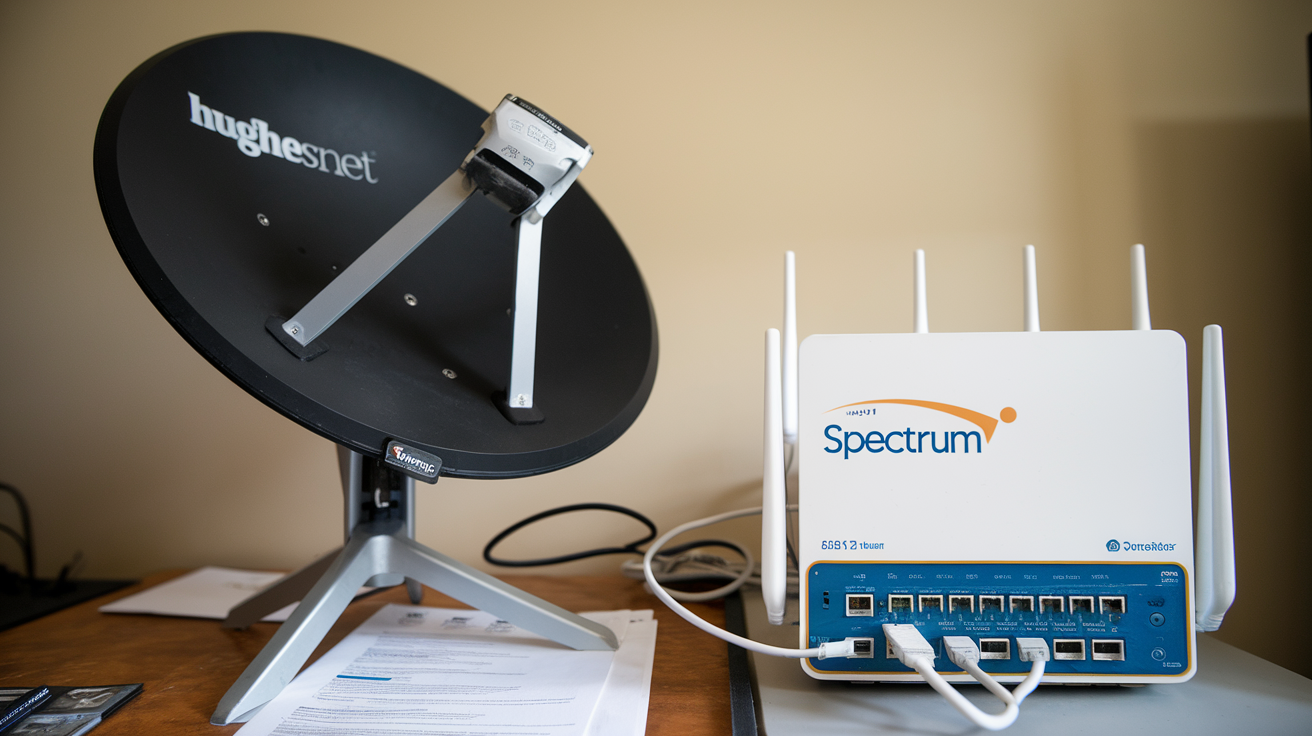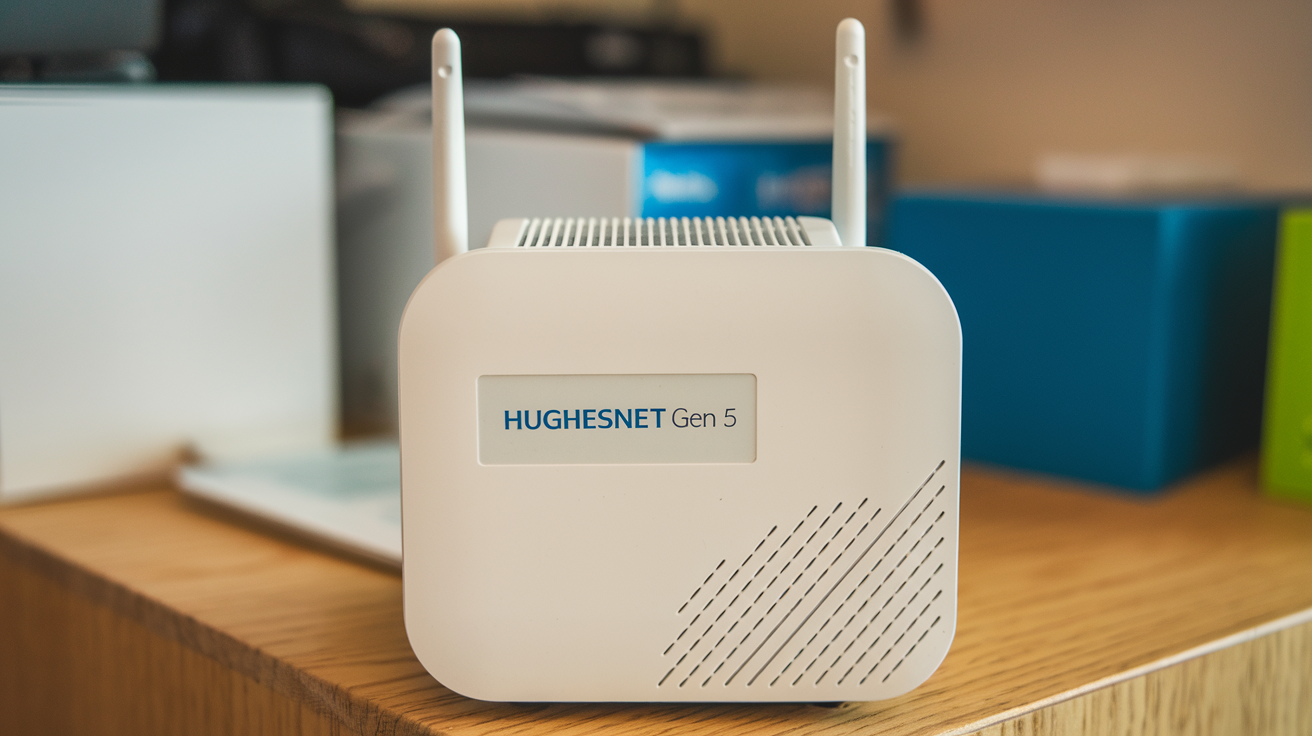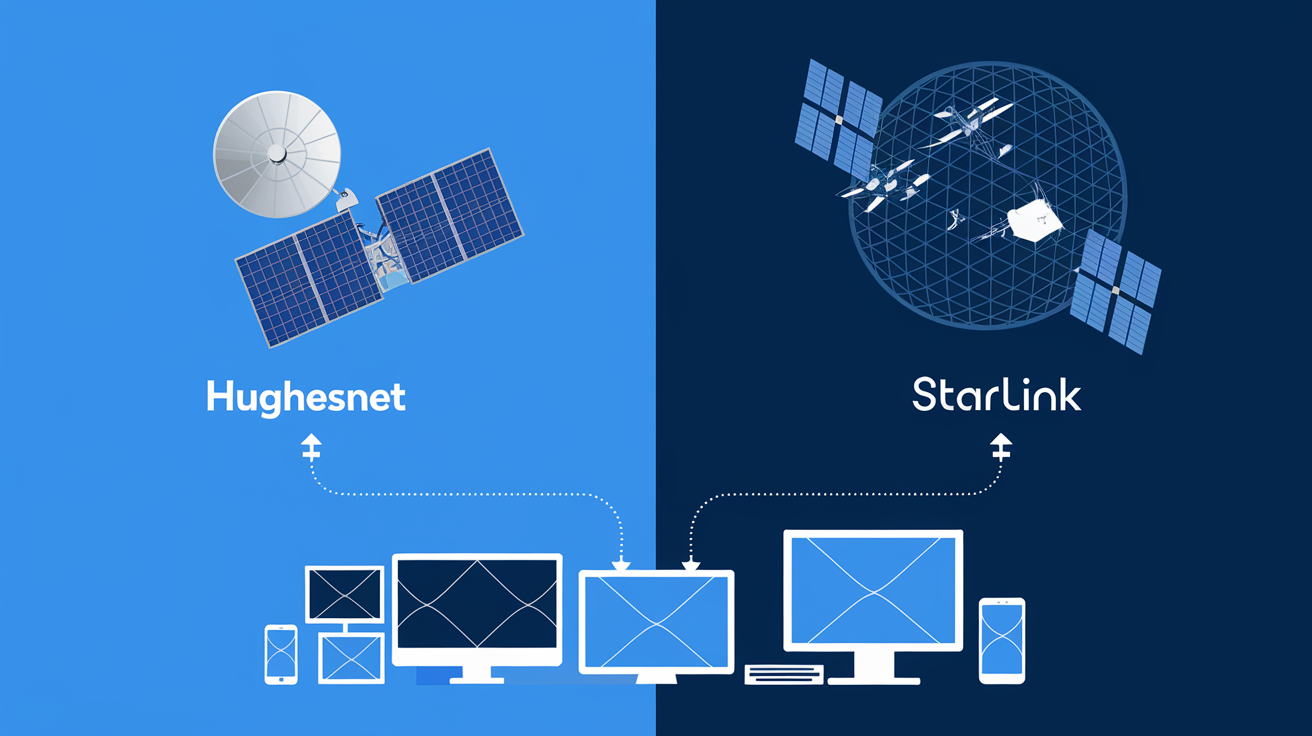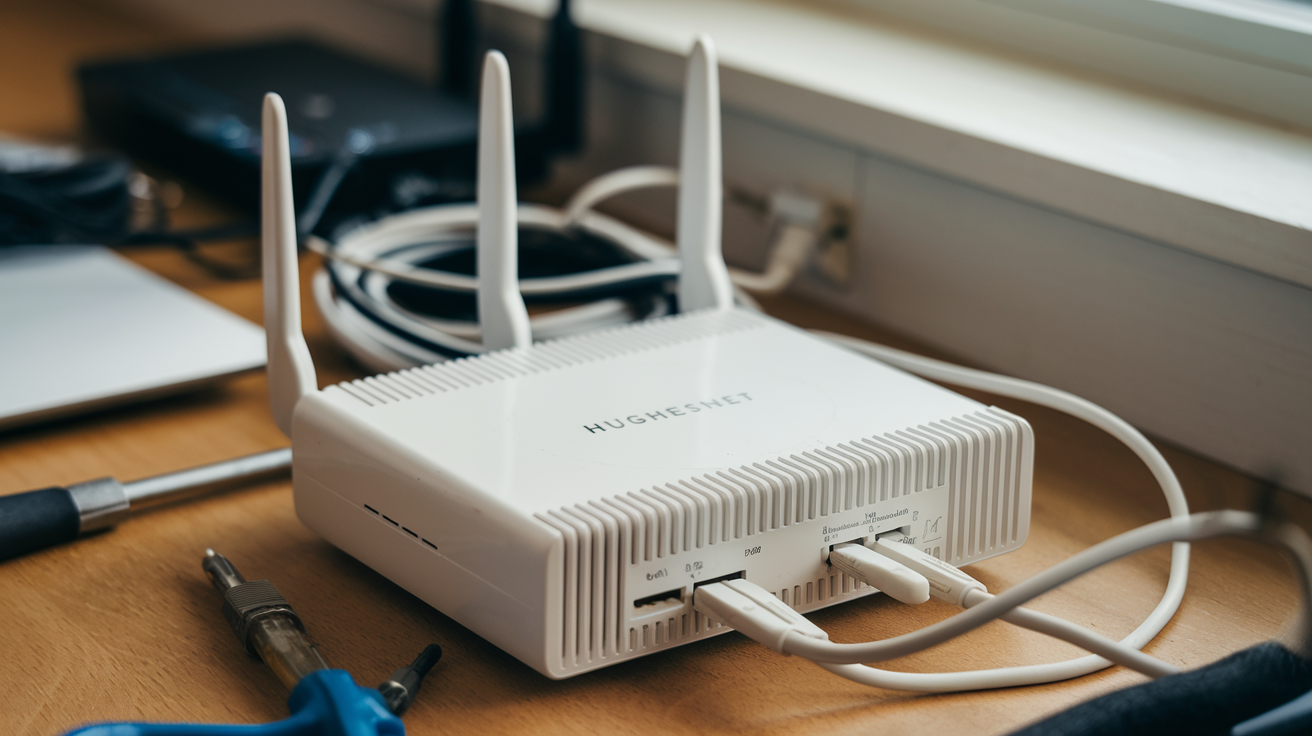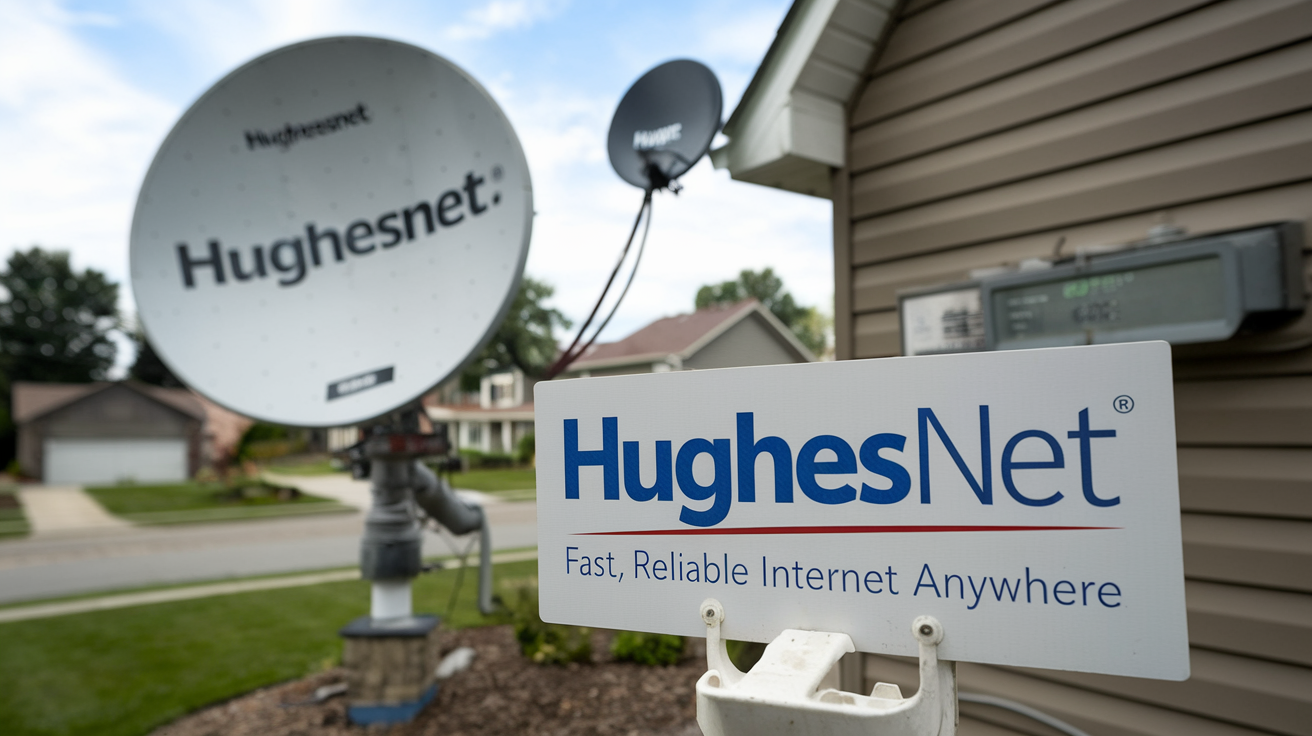-
Posted on: 08 Aug 2024

-
Hughesnet is among the largest satellite internet service providers in the country offering satellite internet services to millions of people within the United States specifically the rural areas that have limited access to cable and fiber optic internet services. But satellite internet has in the past been defined by high latencies, slowed speeds, reduced data allowances, and often, accessibility troubles. Is Hughesnet improving on these issues and getting to be more customer-friendly? Let's take a look.
Latency and Speed
The decision mostly revolves around the fact that with satellite internet, the most common concerns tend to be around speed and latency. Delay on the other hand means the time it takes for information to complete a journey from the user’s computer to the satellite and back. This latency is expected because of the large distance – up and down on the order of twenty-two thousand miles and more – that the signal has to traverse. Its latency has been historically as high as 2000ms, which is much worse compared to the 20-60ms on cable and fiber connections. This leads to problems such as extremely low bandwidth and high latency, which means activities like video calling and online gaming are almost impossible.
Still, Hughesnet has stated that the latest satellite and technologies they have employed have significantly reduced the latency to between 500 and 900 ms for most general browsing activities. The company claims that with the help of acceleration and optimization technologies, latencies as low as 25ms for such processes as web browsing or watching YouTube are possible. Yet still, this range is higher than cable and fiber but feasible for casual browsing and video streaming among the subscribers.
However, Hughesnet has grown in peak download rates from 15 Mbps a decade ago to 25 Mbps today with the help of reduced latency. Nevertheless, like any other satellite internet service provider, the speeds can significantly decrease to low figures during the rush hours when the bandwidth is congested. Unfortunately, Hughesnet does not reveal the maximum downloaded and uploaded speeds that a user will be able to get during peak traffic. Uploading speeds are still capped at 3 Mbps, meaning that sharing music files to cloud storage takes time.
Data Caps
Another major concern that people have with satellite internet is that the usage of internet service is strictly monitored and limited to a certain amount of gigabytes per month. Much like with unlimited plans, users who exceed their caps are reduced to connection speeds of 1-2Mbps for the remainder of the billing cycle. Hughesnet’s included data is limited from 10 GB up to 50 GB depending on the plan that you will avail of. Though these allowances are somewhat more compared to the previous years, they still limit the families and the heavy streamers more than the unlimited fiber optic connection.
It is however important to note that Hughesnet does allow customers to purchase ‘extra data blocks’ whenever they are exceeded within the limit at the rate of $10 for every 10GB. On top of this, some plans include ‘bonus data’ which allows usage during off-peak times between 2 am and 8 am to not count towards the limit. Despite data limits still marking the consensus limitation of satellite internet as it stands now, Hughesnet's capacity has increased over the years as satellite and compression technologies advance.
Reliability
Satellite internet is significantly different from cable or fiber where the internet connection is via wired infrastructure; this is because the connection can be easily disrupted by factors such as storms, heavy snow, or strong blustery winds. Possible disadvantages include longer time of inactivity but Hughesnet ensures that the firm has an above 99% uptime excluding force majeure. That is why a company indicates constant improvements, for example, the launch of two next-generation satellites in 2019 and 2020 as expanding coverage and backup for users.
Hughesnet also offers a policy that if natural interference hinders a user from attaining the minimum monthly usage allowance for two consecutive billing cycles in any twelve-month, the company will give credit in proportion to the shortage. To a certain extent, this reliability guarantee offsets some of the problems not within Hughesnet’s direct control.
The Bottom Line
Is Hughesnet going to be getting decisively better? Thus, it’s difficult to say for now that Hughesnet has set its reputation of providing outdated, dial-up-like satellite internet behind and embraced the new age internet technologies and customer expectations as customers continue to complain about slow speeds, high latency, frequent downtime, and strict data caps shared on multiple online forums and reviews.
However, even by its standards of boosting peak speeds by almost 70 percent over a decade, halving the latency, gradually increasing data limits, and enhancing the redundancy of the network, the answer appears to be an affirmative, ‘yes ‘– Hughesnet internet quality and capacity has gradually but significantly evolved.
So, there will be no one to compare satellite internet being the same, in terms of speed, latency, or reliability to fiber or modern cable networks. However, for the twenty-five million people who live in rural areas that lack wired broadband, improvements to satellite represent incremental steps towards true parity. Until every person is wired through fiber optic or 5G wireless networks, satellites constitute the broadband bridge that ensures that these disconnected communities can continue to access school, jobs, healthcare, and opportunities. With the still disconnected living on the wrong side of the digital divide, slow satellite at least is preferable when compared to having no broadband at all.
